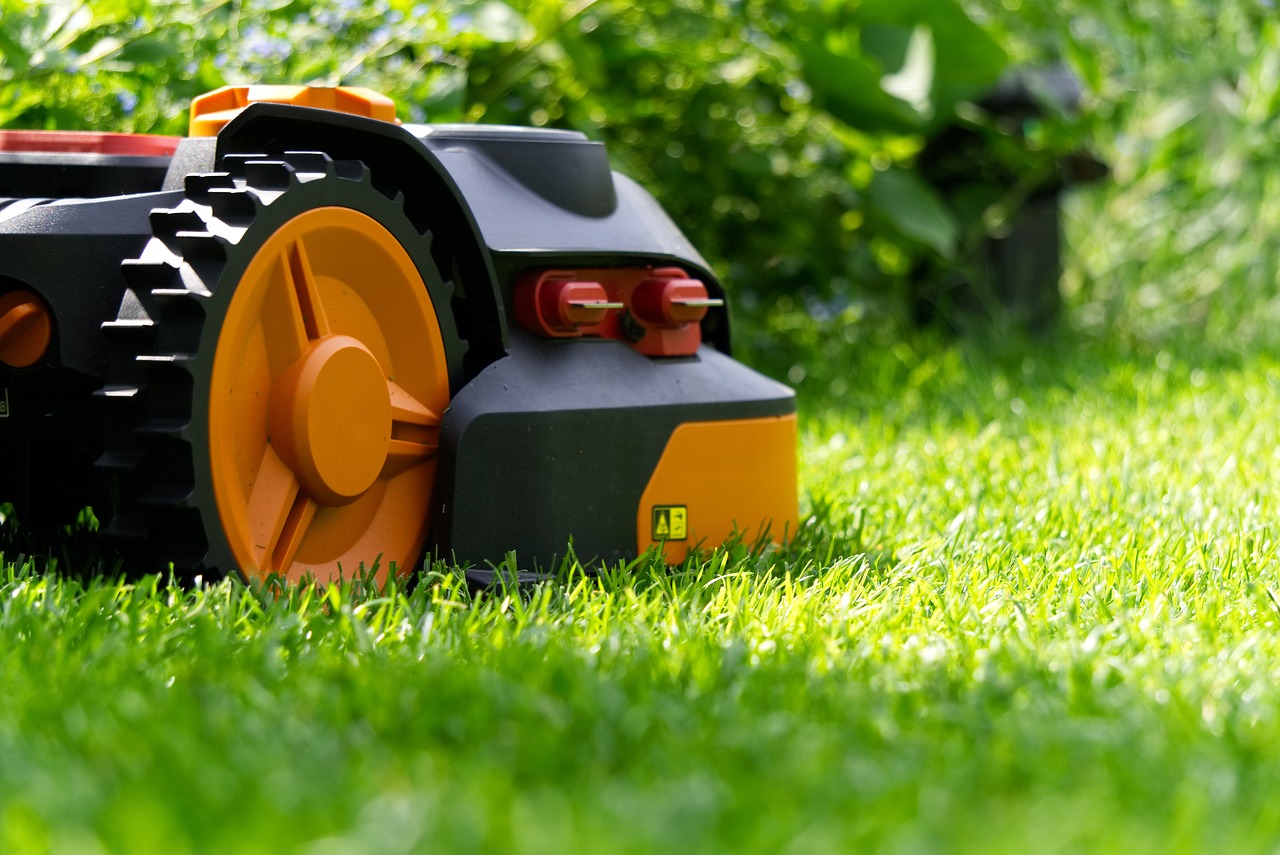Everyone desires to groom a gorgeous lawn that will become the delight of their eye, the envy of their neighbor, and a subject of curiosity of their guests. No one wants patchy, weedy, or thin grass, unless you are lazy and don't take your turf seriously.
You should see your lawn as a living thing that needs different levels of care. It needs feeding, nurturing, protection, and tender care to look and stay beautiful and healthy.
Here is a season-by-season guide to doing all this to your lawn so that your lawn looks and stays the way you desire and deserve it to be.
Whether you are a DIY expert at lawn care or prefer hiring a licensed and experienced expert for the job, it will serve you better to gain the following knowledge.
Lawn Care Steps in Spring
A spring lawn care plan should include the following steps:
i. Lawn Cleaning
Use a lawn rake to rake out and remove any and all dead grass and remnants leftover from the annual grass weeds such as goosegrass, crabgrass, and barnyard grass. Make sure all debris accumulated over winter, including sticks, get removed.
ii. Mow the Grass High
Determine your grass type and mow it to its highest-possible setting. When you cut grass high, they tend to grow thicker and develop deeper roots. This further translates into a healthier and crowded lawn that pushes out weeds.
iii. Fertilizer Application
Spring is the time when your lawn wakes up from its dormant phase. It needs to be ‘fed’. This is the time to apply the right fertilizers.
Different fertilizers service different purposes. These purposes include:
Immediate fertilization to feed and strengthen the grass after its long winter dormancy
Killing weeds such as clover and dandelion and preventing potential weed growth
To kill fire ants and prevent them from returning for up to 6 months
To kill stubborn weeds such as clover and dollarweed
Fertilization after two months to maintain the grass’s lush greenery and strength
This second feeding should help your lawn grow thicker while ensuring it stays protected from the stress caused by the weather
Fertilization helps nourish and strengthen your lawn and protects it from heat, drought, and other weather-related stress.
iv. Control Weeds
Use a weed killer that doesn't cause harm to your grass. It is recommended to spray it so as to not disturb the grassroots. Hand-weeding can also cause dormant weed seeds to get unearthed.
v. Fix Bare Spots
If you notice bare spots on your lawn, make sure to repair them. Your lawn care company can determine the right bare spot repair product to help restore a thicker and lush turf.
When fixing bare spots, it is important to choose the right time.
Cool-Season Grass: These grass types should be sown in early spring.
Warm-Season Grass: These grass types are best sown during late spring.
If the turf looks thin and worn, overseeding can help add thickness to it. A typical lawn thickening product includes grass seed, a soil improver, and a fertilizer.
Lawn Care Steps in Summer
Your summer lawn care program should include the following steps:
i. Mowing
You should mow high to encourage deeper roots. You want your lawn to ‘shine’ the most during the summer season. This is possible only when the roots grow deep, long, and healthy to source moisture.
Mow at the highest possible height allowed for the grass type. Besides a clean cut on each individual grass blade means lesser moisture loss.
ii. Remove any Grubs
If you see any signs of a beetle invasion in early summer, your neighbors report a grub problem, or you had a grub problem last year, you should take steps to remove them. Grubs can feed on the grassroots and create dead patches. The ideal time to treat grubs is late spring and early summer.
iii. Water Your Lawn
If you want to see your lawn green and healthy, it should get 1 inch of water a week at the minimum. This can be in the form of rainfall and irrigation. When planning irrigation, choose early morning. This can help in minimizing water loss from evaporation.
iv. Feed Your Lawn
Summer is the period of intense growth for warm-season grasses. So, you have to ensure proper grass ‘feeding’. It is also important to help keep cool-season grasses against heat and any potential drought conditions. Proper lawn feeding also has the potential to prevent insect attacks.
Lawn Care Steps in the Fall
Your fall lawn care process should include the following steps:
i. Fertilization
If you have a cool-season grass variety, fall offers the ideal conditions for growth for it. Use the right fall fertilizer to boost root growth. This should be done twice – first around Labor Day and then six weeks later.
If you have a warm-season grass type, it will require a single fertilizer application in early fall.
ii. Overseeding
If you notice thin or bare areas on your lawn, you should sow grass seed to cover them up. Fall is the perfect time to thicken the thin and bare lawn areas with overseeding.
iii. Turn Leaves into Mulch
Use your lawn mower to chop leaves to turn them into dime-sized pieces. Such small-sized leaves do not cause any damage to the grass and gradually decompose to act as natural mulch.
iv. Mow Your Grass Short
During late fall, cut your lawn one to two inches shorter than the usual height. This has several benefits to it.
If you have falling leaves on your property, a shorter lawn can prevent the leaves from matting down your grass. Shorter mowing can also help prevent snow mold on the grass when the ice and snow start melting in early spring.





